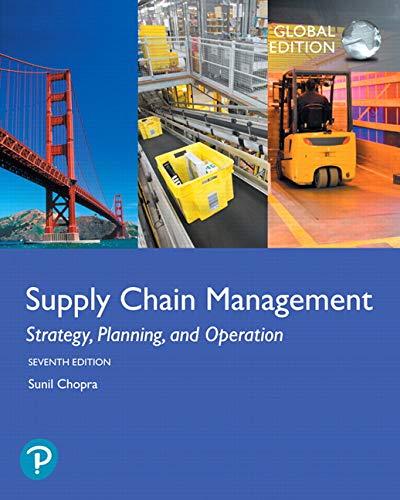It is late June, and Sandra, head of operations at Mintendo, and Bill, head of sales of
Question:
It is late June, and Sandra, head of operations at Mintendo, and Bill, head of sales of We "R" Toys, are about to get together to discuss production and marketing plans for the next six months. Mintendo is the manufacturer of the popular Game Girl hand-held electronic game that is sold exclusively through We "R" Toys retail stores. The second half of the year is critical to Game Girl's success, because a majority of its sales occur during the holiday shopping period.
Sandra is worried about the impact that the upcoming holiday surge in demand will have on her production line. Costs to subcontract assembly of the Game Girls are expected to increase, and she has been trying to keep costs down given that her bonus depends on the level of production costs.
Bill is worried about competing toy stores gaining share during the Christmas buying season. He has seen many companies lose their share by failing to keep prices in line with the performance of their products. He would like to maximize the Game Girl market share.
Both Sandra and Bill's teams produce a joint forecast of demand over the next six months, as shown in Table 1.
-1.png)
-2.png)
Bill counters with the idea of offering the same promotion in November, during the heart of the buying season. In this case, the promotion increases November's demand by 50 percent due to new customers being attracted to Game Girl. Additionally, 30 percent of December's demand would occur in November as forward buying. Bill wants to increase revenue and sees no better way to do this than to offer a promotion during the peak season.
1. Which option delivers the maximum profit for the supply chain: Sandra's plan, Bill's plan, or no promotion plan at all?
2. How does the answer change if a discount of $10 must be given to reach the same level of impact that the $5 discount received?
3. Suppose Sandra's fears about increasing outsourcing costs come to fruition and the cost rises to $22/unit for subcontracting. Does this change the decision when the discount is $5?
Step by Step Answer:

Supply Chain Management Strategy Planning And Operation
ISBN: 9781292257891
7th Global Edition
Authors: Sunil Chopra






